Ancient news stories

At night, believers would use the reflection from the moon that cascaded atop snow-capped peaks as a guide to make their way up the sacred Colque Punku glacier.
Image from: Hugo Pedel (Wiki Commons)
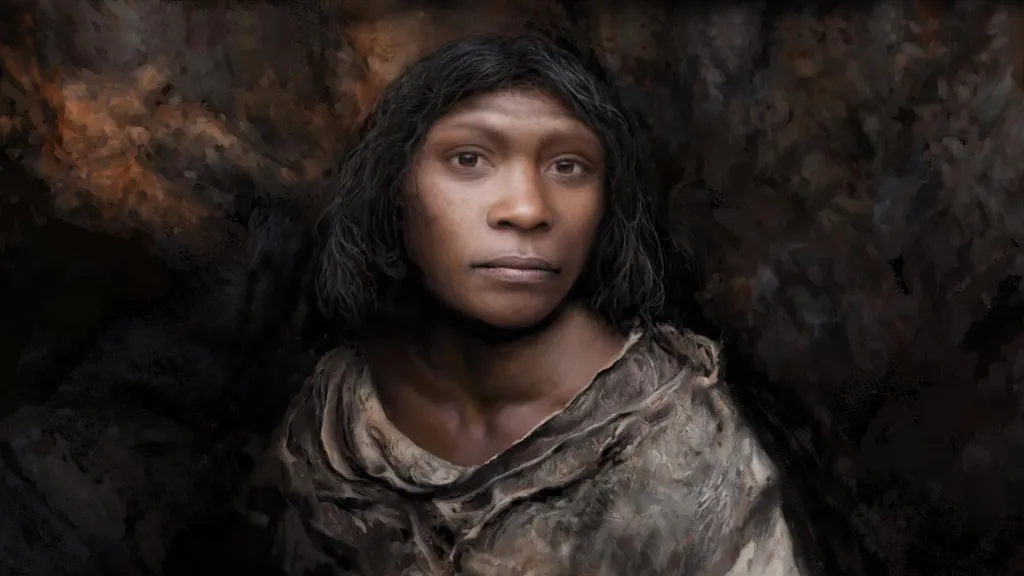
About 800,000 years ago in what is now Spain, cannibals devoured an early human child who became known as “The Boy of Gran Dolina.” But new analysis of these ancient remains has revealed a surprising twist: the child was a girl.

New find pries open an enduring question: why two ancient superpowers abruptly turned from diplomacy to brutality.
Image from: Tikal Central Acropolis (Wiki Commons)

In little more than a decade our understanding of the recent period of human evolution has been revolutionised. New excavations and the application of exciting scientific methods are yielding extraordinary insights to our ancient past and overturning previously-held truths.
Image from: Cro-Magnons Conquered Europe, but Left Neanderthals Alone (Wiki Commons)

Estatuas cave in northern Spain was a hive of activity 105,000 years ago. Artifacts show its Neanderthal inhabitants hafted stone tools, butchered red deer, and may have made fires.
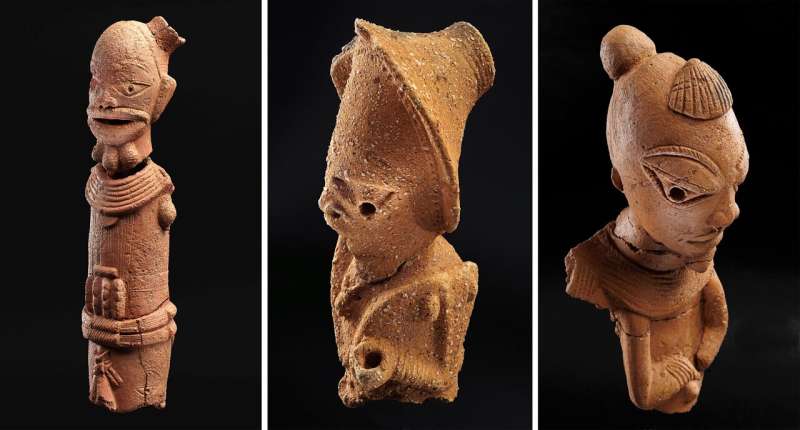
A team of scientists, led by the University of Bristol, with colleagues from Goethe University, Frankfurt, has found the first evidence for ancient honey hunting, locked inside pottery fragments from prehistoric West Africa, dating back some 3,500 years ago

A new study verifies the age and origin of one of the oldest specimens of Homo erectus–a very successful early human who roamed the world for nearly 2 million years.

Historians hoping to preserve the ancient Octagon Earthworks in Newark, Ohio, as a UNESCO World Heritage site face a problem: the golf club that leases the property.
Image from: Eric Ewing (Wiki Commons)
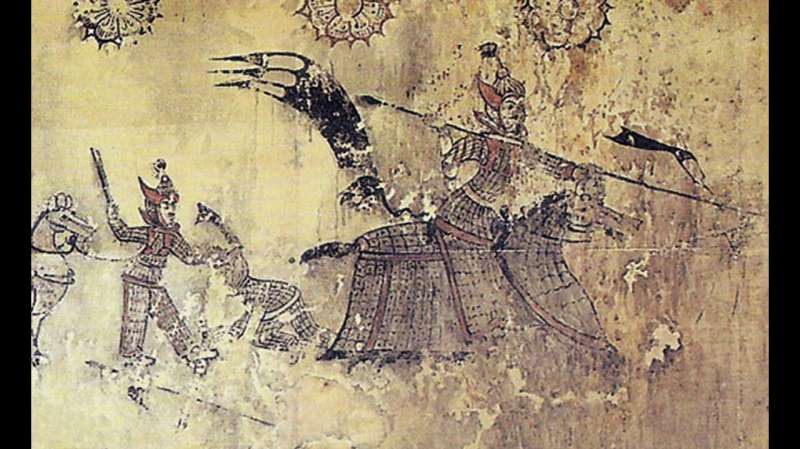
Data extracted from the oldest surviving document recording Korean history shows a strong correlation between extreme weather events and war.
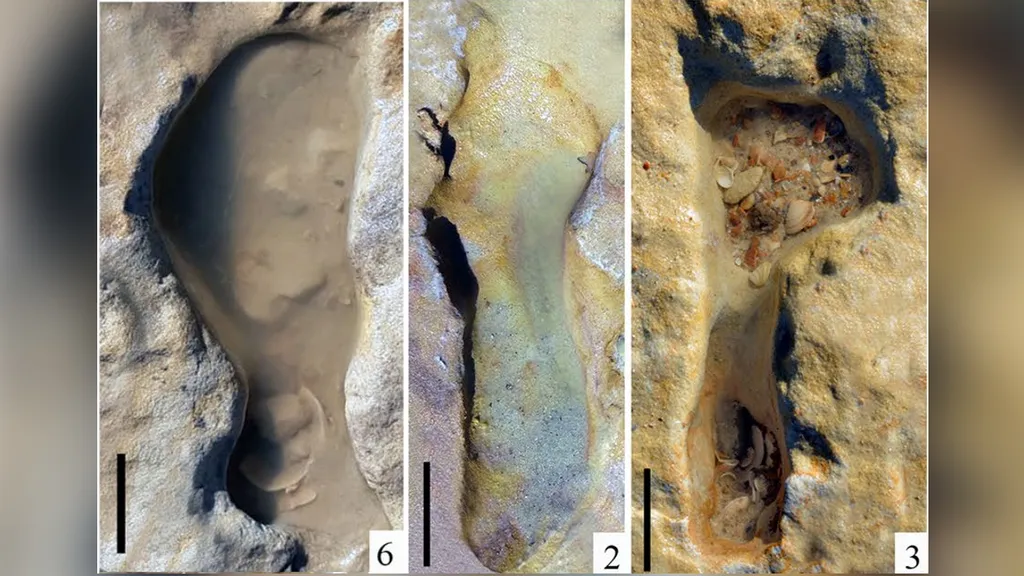
Some 100,000 years ago, an extended family of 36 Neanderthals walked along a beach, with the kids jumping and frolicking in the sand, scientists report after analyzing the beachgoers’ fossilized footprints in what is now southern Spain.

Archaeologists believe 4,000-year-old engravings on Saint-Bélec Slab resemble topological features.
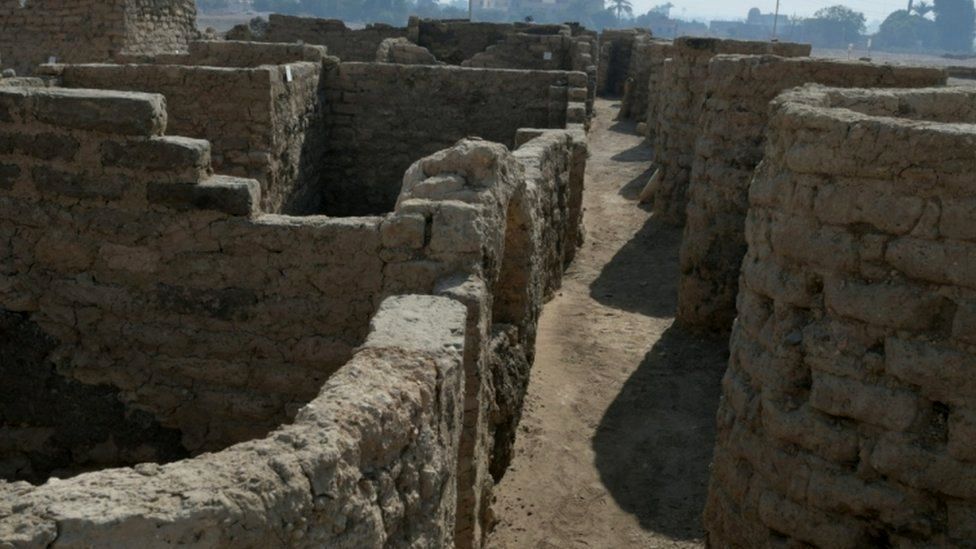
The discovery of a 3,000-year-old city that was lost to the sands of Egypt has been hailed as one of the most important archaeological finds since Tutankhamun’s tomb.

The impact that wiped out the dinosaurs would probably have killed you too—unless you were in the exact right place and had made the exact right plans.
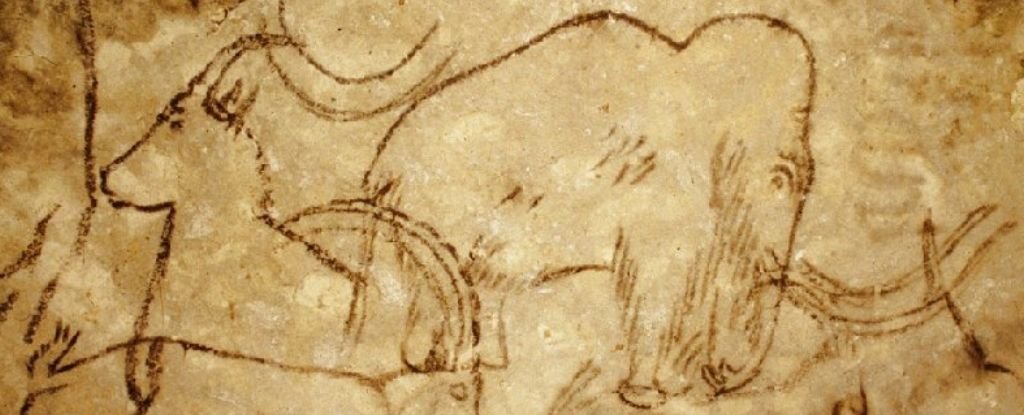
Some of the oldest human art in Europe is entirely hidden from sight, tucked away in the narrow crawl spaces of deep, dark, and winding caves.

A 6-mile-wide space rock and colossal eruptions racked Earth at the same fateful moment. Scientists have tried for decades to determine the primary suspect behind the Cretaceous Extinction.

The series of more than 100 rock carvings, or petroglyphs, in the forest’s Track Rock Gap were created by Creek and Cherokee people beginning more than 1,000 years ago.








